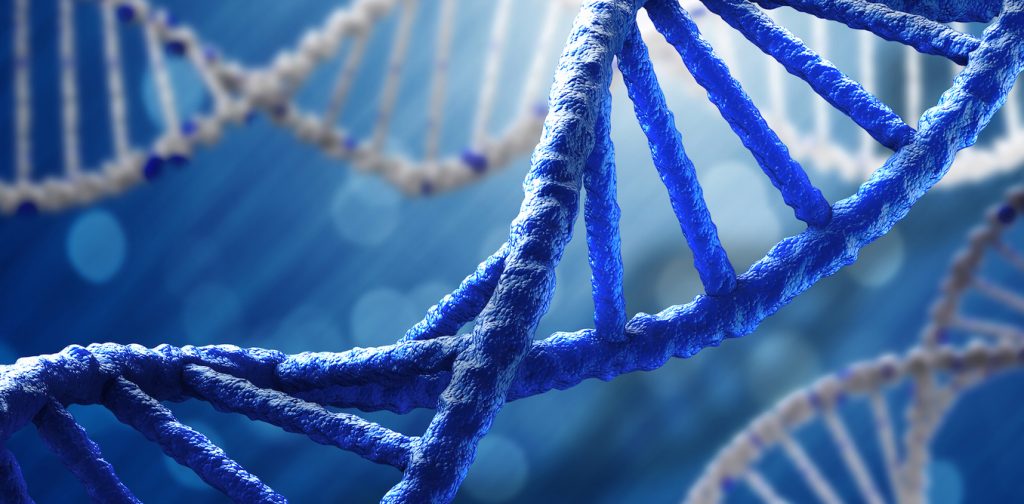Our first unit in PLP Science ten has come to a close. This first unit was a lot of fun to learn about, as I enjoyed doing the project, the fun and entertaining worksheets, and the videos we watched during class that were helpful towards this unit. In this unit, we learned about DNA and genes and how they are passed on to offspring. We learned about the different types of genes, dominant traits and how they characterize ourselves. Lets get started.
To begin this unit, our teacher had us create a mind map about our knowledge of genetics and DNA. My mind map had minimal information, as I didn’t know very much about the topic. This was the mind map I created at the beginning shown below.
Mine was not as good as a few of my other classmates who knew about the topic better than me at the time. Once we did that assignment, our teacher gave us a link to a website which had worksheets on it. The site was called “Teacher Collaborate” and on the website was worksheets about twins and genetics. Our main focus of the unit was to learn more about genetics and how they are passed on to younger generations from parents, and this website linked to resources and questions that would help the class better understand the topic.
Along with this, we did a few more worksheets created by our teacher to show some theories from certain articles from around the web.
Some Pages of Worksheets we did in Class
Now I will showcase some of the information I got from the websites. A gene is a piece of heredity that is carried from a parent to offspring to help determine the characteristics of that offspring. Genes tell cells what to do and how to act. There two types of genes, recessive and dominant. Dominate genes will always follow through to the child. If one person has two recessive genes for a particular phenotype then they have a recessive trait. Traits are passed down from both parents when the two nuclei separate during reproduction.
To expand our now known knowledge of the topic, as a class we watched an informational video on the reproduction of DNA by a popular YouTube channel called CrashCourse. Here is the video below.
After finishing this video, Mr Gross assigned the project. The project was inspired from an article about two sets of twins who had children that looked exactly the same. The thesis of the question was “If two sets of twins had children, would they have the same DNA like identical twins?” To answer this question, we had to create an in depth podcast talking about the descriptions of what some scientific words meant like genes and DNA as well as include a bit of personalization while editing the podcast. I teamed up with Michael and together we produced this podcast about identical twins.
To start off our analysis of the question, we looked at our notes that we took earlier. In one of the worksheets, we learned that identical twins aren’t actually completely identical, and that their DNA is just similar and not the same. We also learned that you get your traits from both parents evenly, but are not always the same. It’s basically like flipping a coin, if you get heads, the child will inherit the mothers genes. Get tails and the child will inherit more of the fathers genes. It’s pretty random, therefore twins will never be the same. In a rare case, twins can inherit the exact same traits, but the probability of that happening is extremely uncommon and will probably not happen.
This is just in identical twins, twins that come from the same egg. The two children that would be born from two different families will be completely different from each other. The children of the two sets of twins may look pretty similar, but in this case the DNA of the children are very different, therefore stating that the two children from the two different families do not have identical DNA.
After analyzing and coming up with an answer for the question, it was time to start coming up with ideas for our podcast. We decided to have our podcast be a talk show about science and have a doctor come in and help us answer this question. Michael and I then began writing our script and in no time, we began recording. We decided the doctor would have a funny accent for a little bit of personalization in our podcast. Below is our final podcast.
When we presented this to the class, I think everyone enjoyed it. We made the podcast both funny and interesting to listen to, as it had the correct information and an entertaining script along with an international doctor. Our teacher thought it was great, too. He gave us excellent feedback about it and we were both really happy with what we accomplished.
To end off our unit the class was told to create a unit end mind map. This map would have a lot more information that the first one we didn’t at the start of then year because the class knows a lot more about the topic. Below is my final mind map.
Overall, I really enjoyed doing this unit. This unit has taught me a lot about genetics and DNA and how traits are passed down from parents. I’ve always been pretty interested in this sort of stuff, so to learn more about it in our first unit was definitely a good start to the year.
That concludes this blog post, see ya in the next one!


